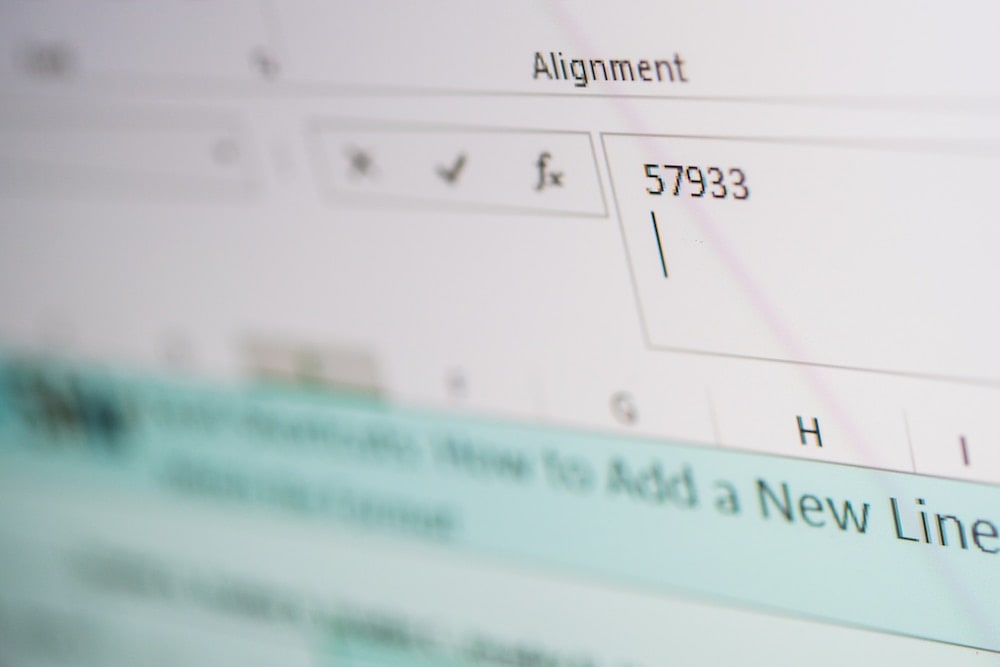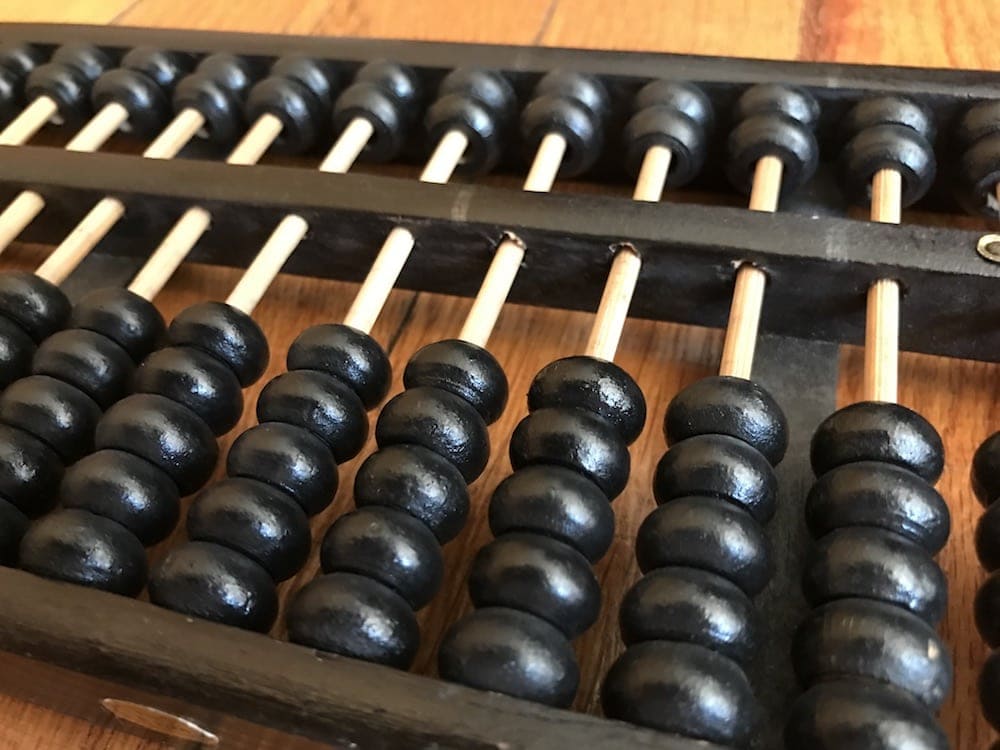If you are still re-formatting your spreadsheets from scratch every time, you are throwing away hours of your life needlessly.
Instead, you can copy and paste formatting only, using the shortcut in this video.
Download FREE Hands-On Exercises
Full Video Transcript:
Copying and pasting formatting is one of the most time-saving shortcuts you will ever learn, because it lets you take your previous work and apply it anywhere you want in a snap.
You may not know this, but when you’ve been copying and pasting for all these years, you’re pasting everything that came with it. So, the formulas, the formatting, the other properties behind the scenes that you may not have even seen. The beauty of this shortcut is that you learn how to copy and paste the formatting only, and the key to this is with Paste Special.
So, the only way this works is, first, you’re going to actually take the cell that has the formatting that you want, select it, copy it with CTRL + C on the PC and COMMAND + C on the Mac, and then choose the cell that has…essentially where you want to apply it to, and then you’re going to do a CTRL + ALT + V on the PC, right? You’re doing a regular paste with CTRL + V, but a Paste Special by adding the ALT key in there, which brings you to this Paste Special window.
You can move up and down with the arrows, or better yet, you can actually jump to the specific option you want by going to whatever’s underlined. So, ALT + T for formats, and notice that you can just hit ENTER and apply this formatting to this spot right here, hit ESC to get out of it.
So, the key is to copy first, then choose where you want to apply it to, CTRL + ALT + V for Paste Special, and ALT + T to jump to that spot on the window.
On the Mac, it’s very much the same thing, the shortcut is a tiny bit different. And so what you need to do here is copy with COMMAND + C, choose the cell you want and CTRL + COMMAND + V to get the Paste Special, and this time you’ll hit the fn + T for format.
Basically, you can’t use F because that’s for formulas. So, the T over here is underlined, on the PC at least, and it gives you an indication. So, here you’re just kind of flying blind, but it’s okay, just hit ENTER and it’ll apply it for you, and hit ESC to be out of it. And that’s basically how that works.
Let’s now take this in action and go to some exercise where you can actually drill this in and remember these shortcuts by practicing it over and over again, take the left side over here and make it look like the right.
And in this case, you’re going to take this format over here, you can copy a bunch at once like so and Paste Special the format only. And then you’ll have exactly the right look.
Notice there’s some border issues going on, so you can’t do it all at once, you may have to do it in sections. But I’ll let you figure that one out because that’s even more fun that way.
Don’t forget to visit excelshir.com where you can download these exercises, along with other free resources such as keyboard shortcut cheat sheets for both PC and Mac.
Thanks for watching, see you next time. And I believe it was Tony Robbins who said, “The path to enlightenment is through sharing the Excel love.” I’m a big fan.





